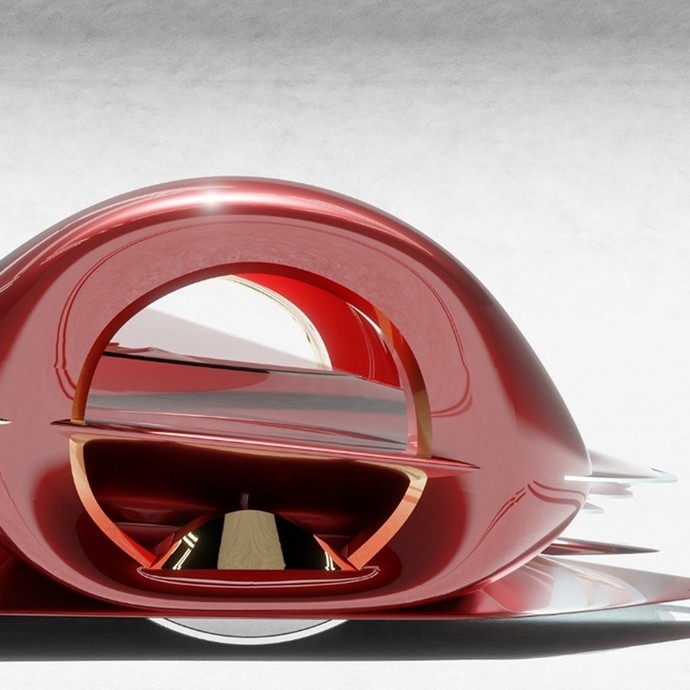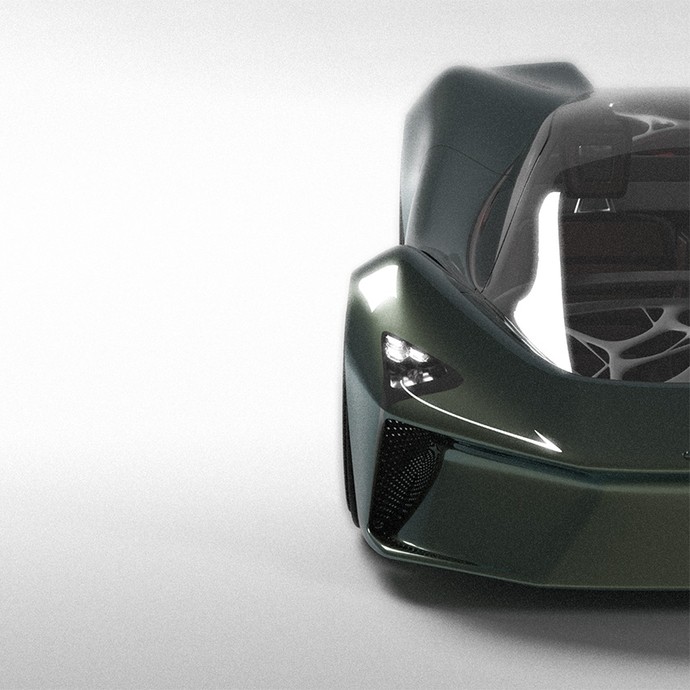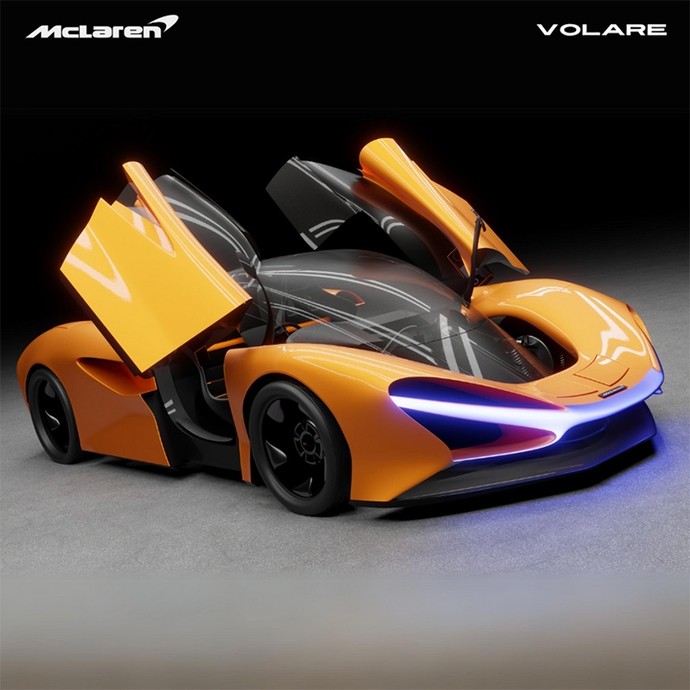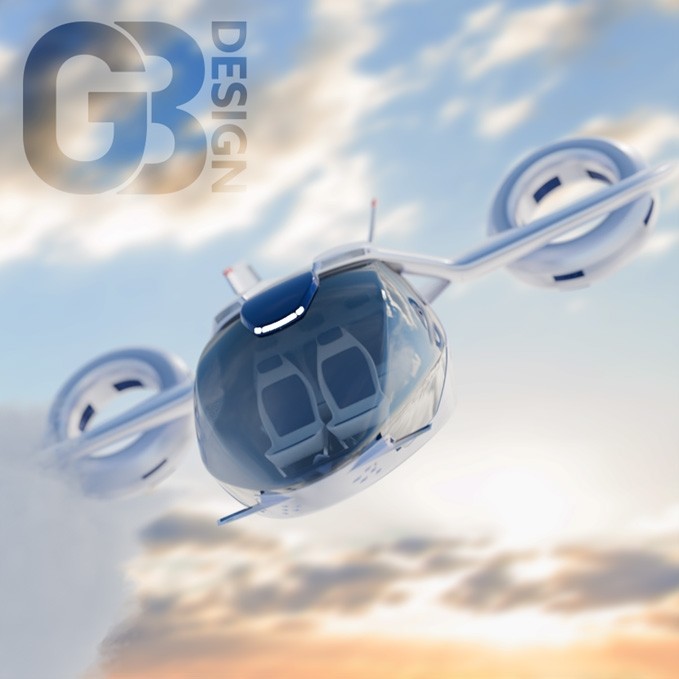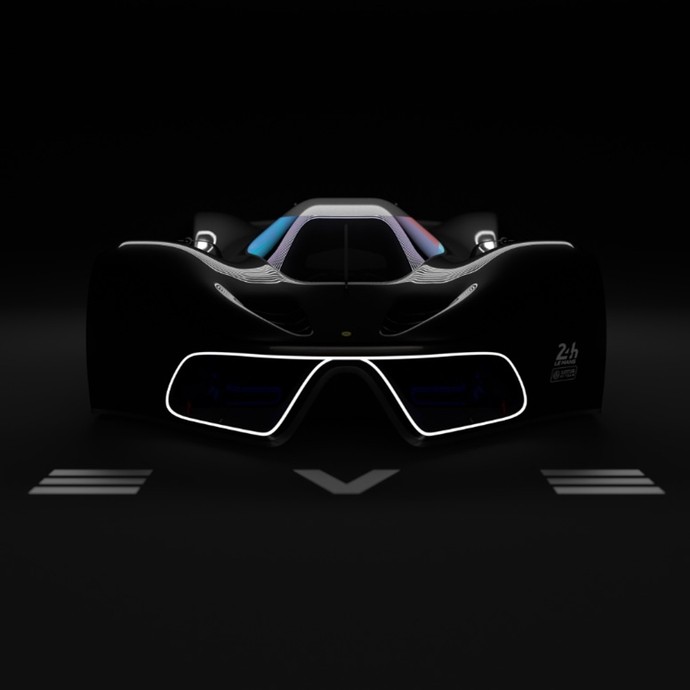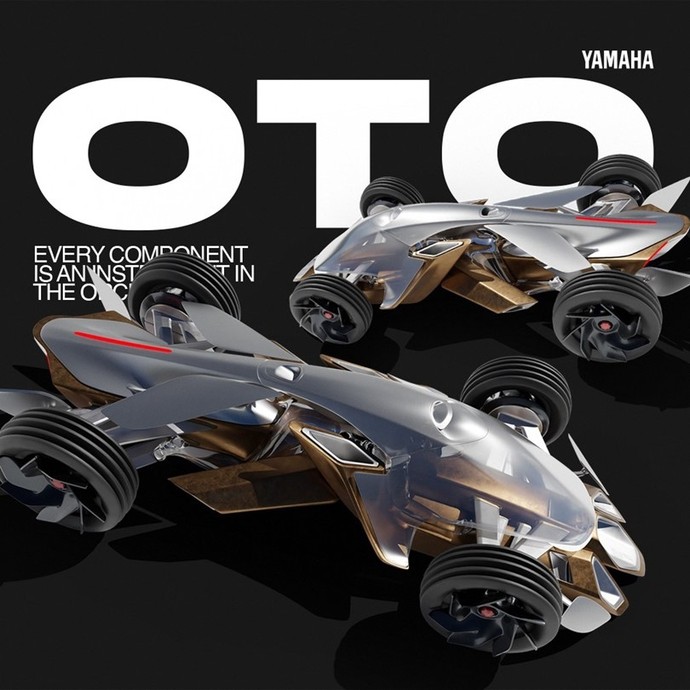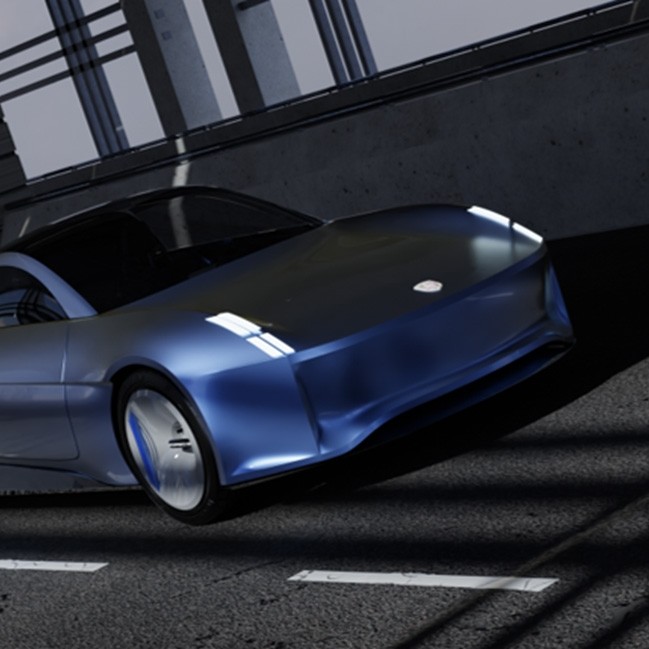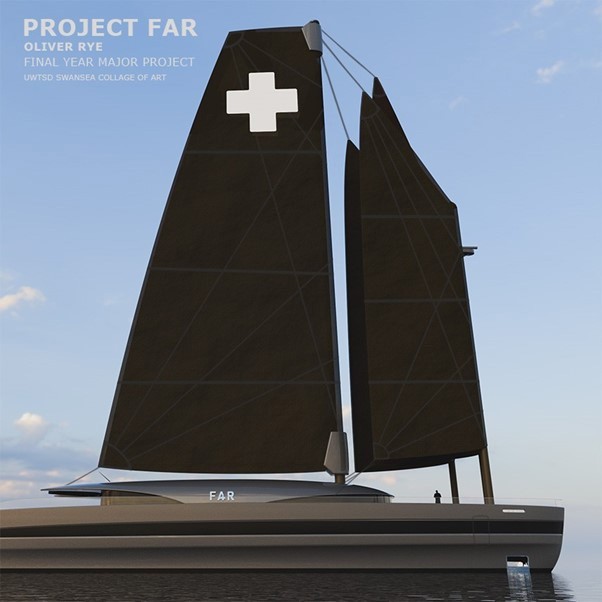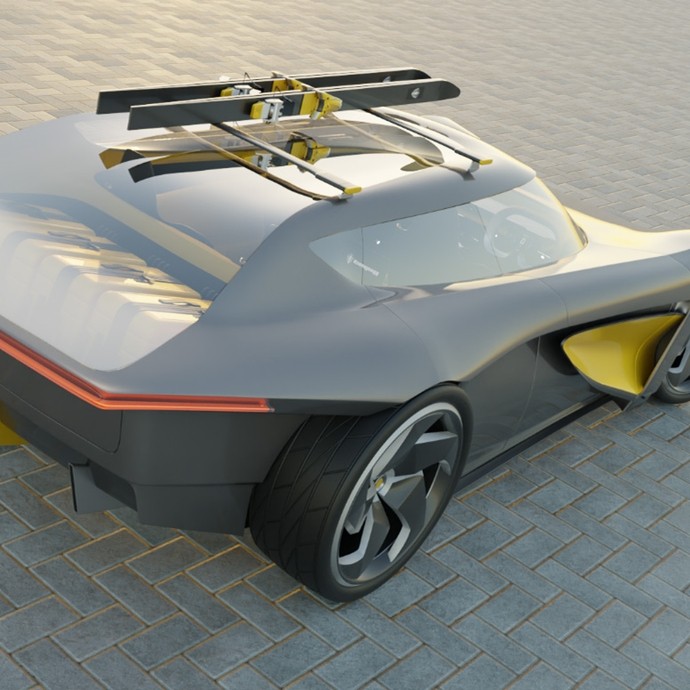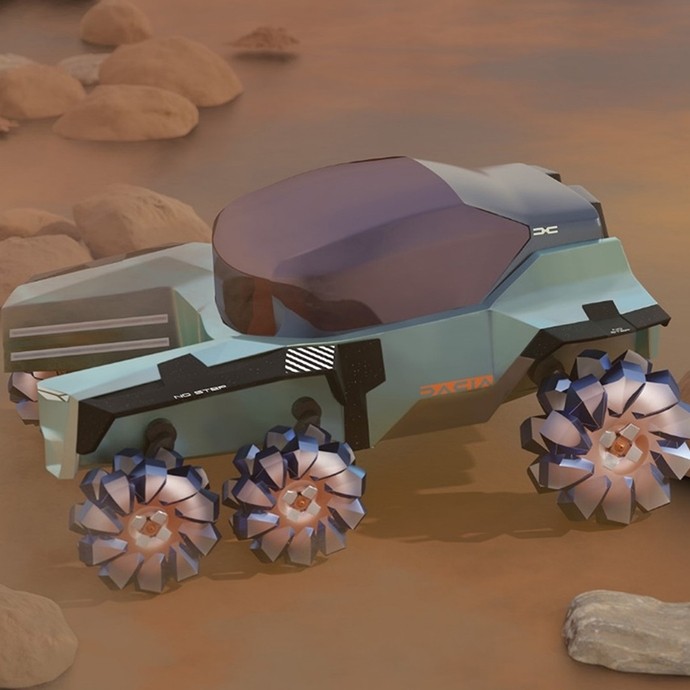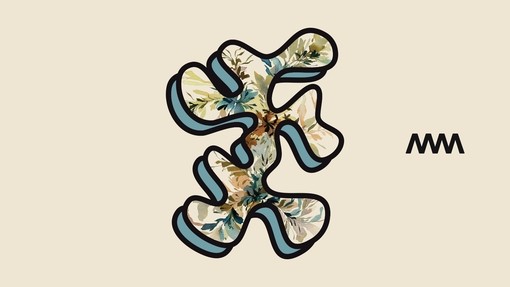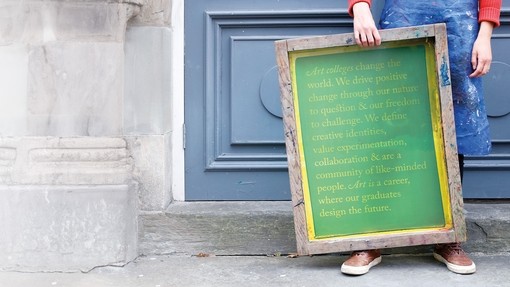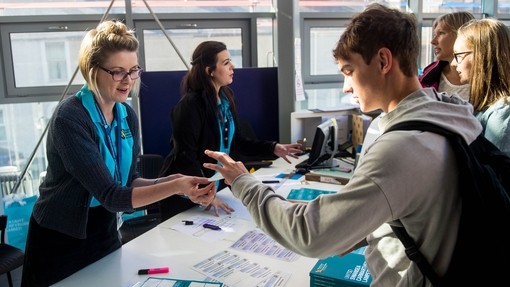Automotive and Transport Design
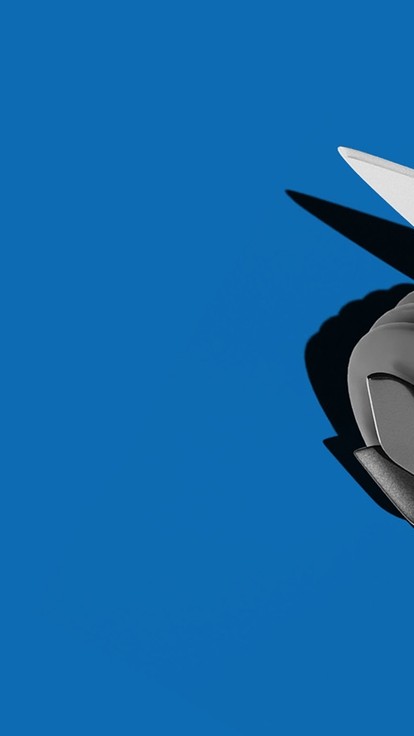
Passion in Precision
The class of 2024 welcomes you to the culmination of creativity and innovation in automotive and transport design!
As we gather to celebrate the achievements of our talented students, it is with extraordinary pride that we acknowledge the countless hours of dedication and hard work poured into their projects.
From sleek and futuristic concepts to designs inspired by nature’s elegance, this degree show is a testament to the boundless imagination and technical prowess of our aspiring automotive and transport designers.
Prepare to be captivated by the diverse array of concepts on display, each offering a unique perspective on the future of transportation.
Join us as we embark on a journey through the exciting world of automotive and transport design, where passion meets precision, and dreams take shape.
Sergio Fontanarosa
Programme Manager
BA(Hons) Automotive and Transport Design
Details
Opening night: 15 June, 6pm to 9pm
Open to the public: 17–21 June, 10am to 5pm
Location: IQ Waterfront Campus
Find us at SA1 8EW

